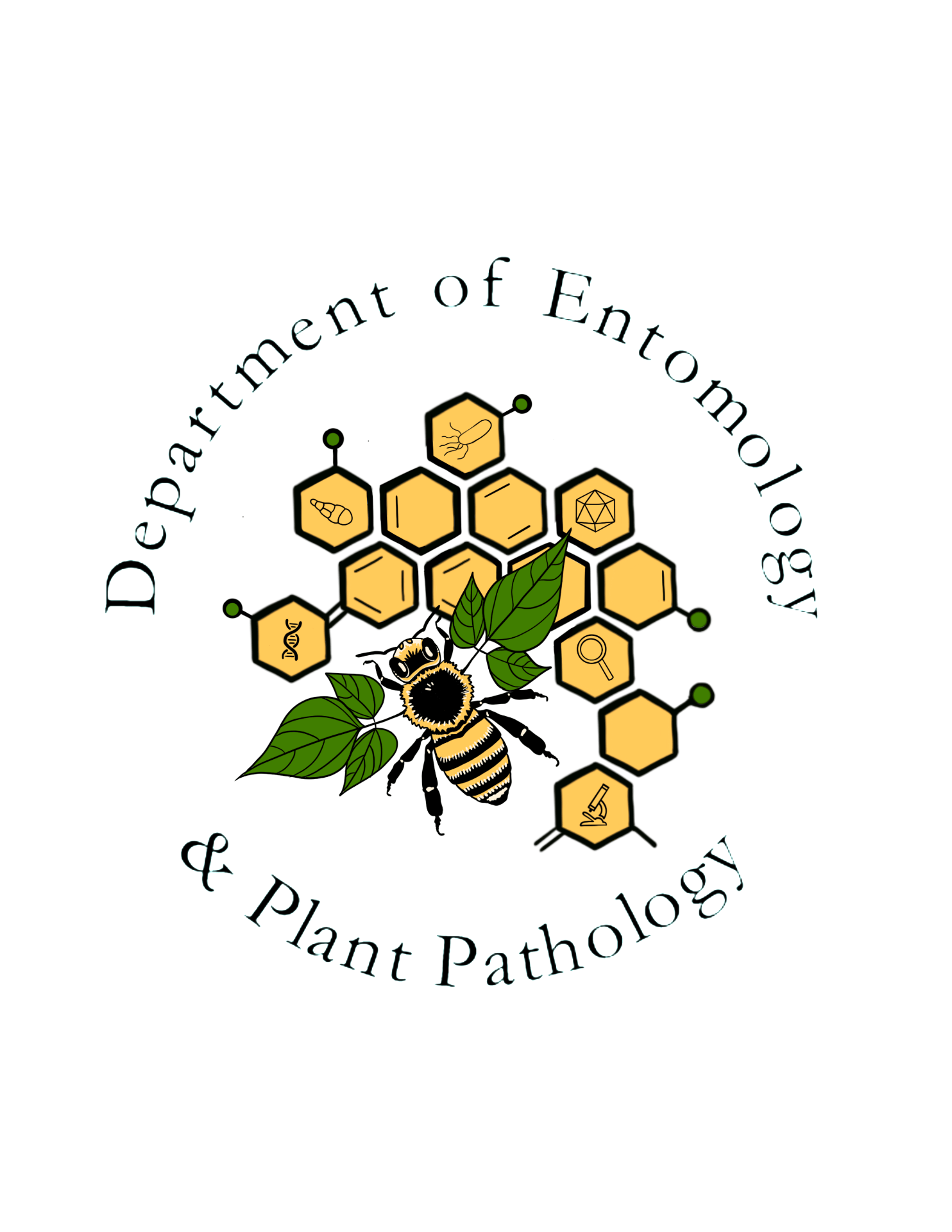Oleander aphid
Order: Hemiptera
Family: Aphididae
Genus and species: Aphis nerii Boyer de Fonscolombe


The oleander aphid, also sometimes called the milkweed aphid, feeds primarily on plants in the dogbane family (Apocynaceae) and milkweed family (Ascelpiadaceae), but it occasionally colonizes plants in other families as well. It is widely distributed throughout the world in tropical and warm temperate regions. Individuals are 1.5-2.6 mm long and aposematically colored bright yellow with black antennae, legs, siphunculi (or cornicles, tubes that extend upward from the abdomen) and cauda (tail-like appendage). The aposematic or warning coloration is thought to be linked with sequestration of cardiac glycosides obtained from feeding on the host plants. When a predator disturbs the aphids, they exude the poisons in a waxy compound through their siphunculi. The predators retreat and clean the compound from their mouthparts. Predators that live after eating oleander aphids suffer in various ways from effects of the cardenolides. Fewer aphid lions survive to become lacewings and reproduce. Ladybugs develop deformed wings. Spiders weave strange, disrupted webs.
This species is apparently anaholocyclic (lacking a sexual phase) throughout most of its range, and the aphids are permanently parthenogenetic. Apparently, all adult aphids are all females, and they are viviparous, depositing nymphs rather than eggs. Winged individuals are produced when the colony becomes crowded or the host plant is in a state of decline. The aphids can then migrate and colonize new host plants.
The oleander aphid is a common pest of several important ornamental plants, especially on the tender, growing terminals and buds. The parthenogenetic mode of reproduction, high fecundity, and short generation time allow large colonies of aphids to build quickly on infested plants. One study in California showed that Aphis nerii outbreaks occurred only at urban sites where plants were regularly pruned and watered, resulting in an increase in the actively growing terminals preferred by the aphids. The aphids ingest phloem sap, and this action can deform growing plant terminals and stunt the growth of valuable ornamental plants. They produce copious quantities of honeydew that form a substrate for growth of unsightly black sooty mold. The aphids also are able to transmit several plant virus diseases.
